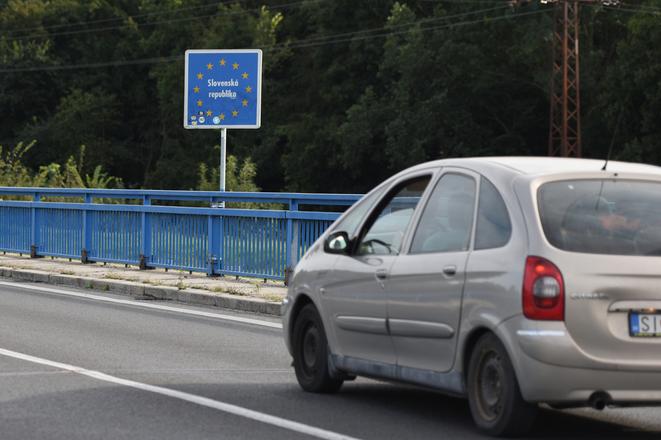As of October 30, there are new rules in place for those travelling across the border.
Our paywall policy:
The Slovak Spectator has decided to make all the articles on the special measures, statistics and basic information about the coronavirus available to everyone. If you appreciate our work and would like to support good journalism, please buy our subscription. We believe this is an issue where accurate and fact-based information is important for people to cope.
People arriving in Slovakia can now avoid quarantine if they have a negative COVID-19 test result.
Until now, this was valid only for those who were returning from EU countries; now it also applies to those coming from countries outside of the EU.
The RT-PCR test result cannot be older than 72 hours. Travellers must present it when crossing the Slovak border.
Test or isolation
If a person does not have a negative RT-PCR test result, they can register at korona.gov.sk/ehranica and stay in home isolation for five days, after which they can take the test for free.
Incomers from EU member states that are on the red list can complete isolation without having to take a test, after 10 days. Those coming from non-EU countries on the red list need to be tested and wait for the result.
Testing on borders
Border checks are expected to start on November 15. At the same time, Slovakia will switch to the European COVID-19 warning system, Health Minister Marek Krajčí (OĽaNO) said.
This means that Slovakia will consider all countries labelled red by the European Centre for Disease Prevention and Control as risky.
This will include most European countries, with several exceptions. People arriving from those countries will have to choose between home isolation and showing a negative COVID-19 test.
“We want to allow our citizens and foreigners enter the territory of Slovakia to be tested with antigen tests if they do not so prior to their arrival at the border crossing,” Krajčí said, as quoted by the SITA newswire.
The testing will be provided only at selected border crossings. As it will be conducted by private companies, people will have to pay for the tests.
Some border crossings will be open for people who already have a test certificate, Krajčí continued. This should prevent tailbacks as it takes some 30 minutes to learn a result from antigen tests.
Pilot testing planned for November 9
A pilot border-testing project might start on Monday, November 9 at the Slovak-Ukrainian border, according to State Secretary of the Foreign Affairs Ministry, Martin Klus (SaS).
“Starting today, the possibilities are being checked and I hope that the pilot project can be launched on Monday, while a private company is supposed to be in charge,” Klus said after the meeting of an expert group, as quoted by SITA.
The project is expected to show whether Slovakia can use the antigen tests on borders to check people who are coming to Slovakia, he added.
The number of border crossings to remain open will be specified only after November 15, Klus said.
Support from the president
The plan to start testing people at the borders has been welcomed by President Zuzana Čaputová. She reminded people of the fact that this has already been proposed by experts as one of the steps to contain the virus.
“We should have the entry to our country under control,” Čaputová said at a November 4 press conference, adding that people should have the chance to be tested quickly.



 (source: TASR)
(source: TASR)